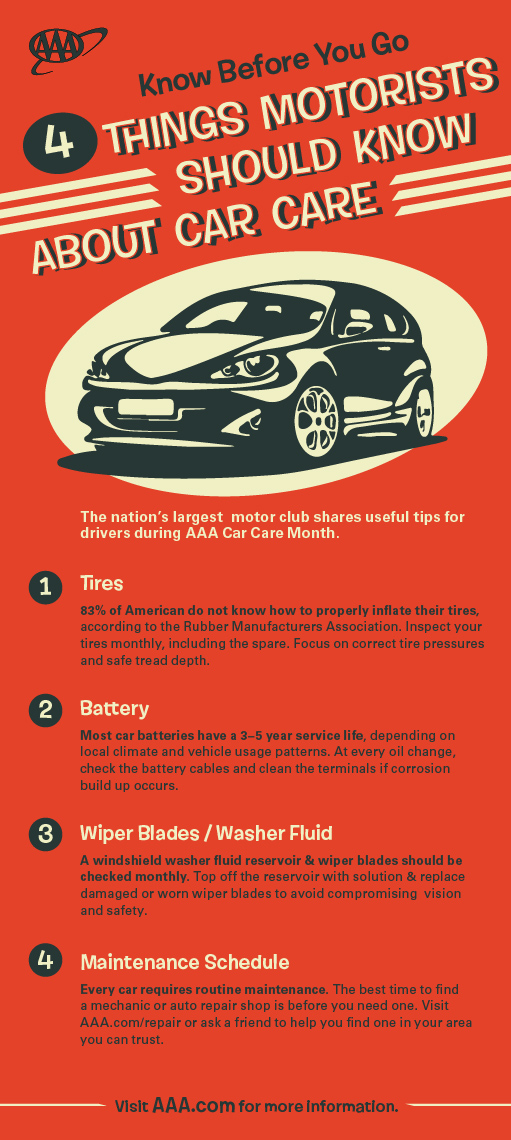Decoding Your Automobile'S Caution Indicators: What They Truly Indicate
Decoding Your Automobile'S Caution Indicators: What They Truly Indicate
Blog Article
Post Created By-Termansen Shepherd
When you lag the wheel, those glowing caution lights on your dashboard can be a little bit complicated. Do you recognize what they're attempting to inform you concerning your auto's health and wellness? Comprehending the value of these lights is crucial for your security and the long life of your car. So, the next time one of those lights pops up, would not you intend to decipher its message properly and take the essential actions to address it?
Common Warning Lights and Interpretations
Identify usual caution lights in your car and understand their significances to make sure secure driving.
One of the most normal warning lights consist of the check engine light, which signifies issues with the engine or emissions system. If auckland car valet comes on, it's essential to have your automobile checked immediately.
The oil stress alerting light shows reduced oil pressure, needing prompt attention to avoid engine damage.
updated blog post blinking battery light could suggest a damaged billing system, potentially leaving you stranded otherwise addressed.
The tire pressure surveillance system (TPMS) light signals you to reduced tire stress, affecting automobile security and gas efficiency. Neglecting this could result in unsafe driving problems.
The abdominal muscle light indicates a problem with the anti-lock braking system, compromising your capability to quit rapidly in emergency situations.
Finally, auto wrap alerting light warns of engine getting too hot, which can result in extreme damage otherwise fixed promptly.
Recognizing these usual caution lights will help you resolve issues promptly and preserve secure driving problems.
Significance of Prompt Attention
Comprehending the typical caution lights in your car is just the initial step; the relevance of promptly attending to these warnings can't be highlighted sufficient to ensure your safety on the road.
When a caution light illuminates on your dashboard, it's your automobile's means of interacting a potential problem that requires focus. Ignoring these warnings can cause more extreme troubles in the future, endangering your safety and security and possibly costing you extra out of commission.
Prompt attention to advising lights can prevent failures and accidents. For example, a flashing check engine light could suggest a misfire that, if left unattended, can cause damage to the catalytic converter. Addressing this immediately can conserve you from an expensive fixing.
Likewise, a brake system cautioning light could signal low brake liquid or worn brake pads, important elements for your safety and security when driving.
Do It Yourself Troubleshooting Tips
If you discover a caution light on your control panel, there are a couple of do it yourself repairing ideas you can try prior to seeking specialist assistance.
The initial step is to consult your automobile's handbook to comprehend what the specific caution light shows. Occasionally the problem can be as basic as a loosened gas cap causing the check engine light. Tightening the gas cap might fix the trouble.
Another typical issue is a reduced battery, which can set off different alerting lights. Checking the battery connections for corrosion and ensuring they're secure may fix the issue.
If a caution light lingers, you can attempt resetting it by detaching the car's battery for a few mins and then reconnecting it. In https://brake-service62849.dgbloggers.com/30330535/seasonal-vehicle-outlining-tips-preparing-your-vehicle-for-each-and-every-period , checking your automobile's fluid degrees, such as oil, coolant, and brake fluid, can help troubleshoot advising lights related to these systems.
Verdict
Finally, comprehending your car's warning lights is vital for maintaining your automobile running smoothly and securely. By quickly dealing with these alerts and knowing what they imply, you can prevent costly fixings and prospective malfunctions.
Keep in mind to consult your automobile's manual for particular details on each warning light and do something about it as necessary to make sure a hassle-free driving experience.
Stay notified, stay risk-free when traveling!
